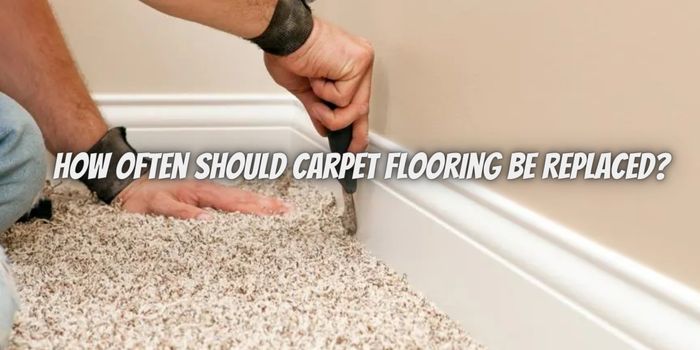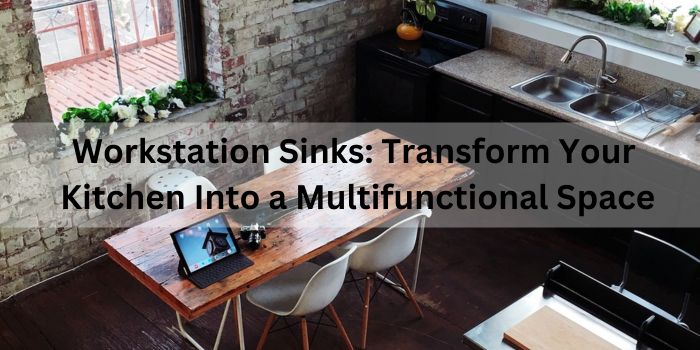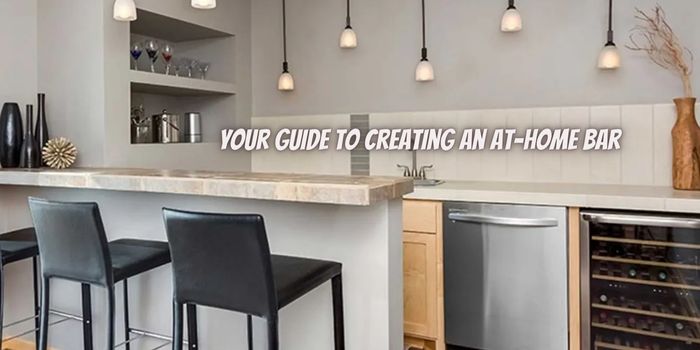Carpet flooring is popular for homes and commercial spaces due to its comfort, warmth, and aesthetic appeal. However, like any flooring material, carpets have a limited lifespan and mandate periodic replacement. The frequency of replacing carpet flooring can vary significantly depending on several factors, including the type of carpet, its location, maintenance practices, and the level of foot traffic it experiences. We will explore these factors and provide insights into how often carpet flooring should be replaced to maintain a clean and healthy living or working environment.
Factors that affect the frequency of replacing carpet flooring
Carpet Type and Quality
The type and quality of carpet you choose significantly determine how long it will last before replacement becomes necessary. Carpets are available in various materials, including nylon, polyester, wool, and blends. Generally, high-quality carpets made from durable materials like nylon or wool tend to last longer than cheaper alternatives. Wool carpets, for instance, are comprehended for their longevity and can endure heavy foot traffic for many years. On the other hand, budget-friendly polyester carpets may wear out more quickly, especially in high-traffic areas. Therefore, the first consideration when assessing carpet replacement frequency is the quality of the carpet you have installed.
Location and Traffic
The carpeted area’s location and the foot traffic it receives are crucial factors in determining replacement intervals. Carpets in high-traffic areas, such as hallways, living rooms, and commercial spaces, tend to wear out faster than those in less frequently used spaces like bedrooms. Commercial spaces, in particular, may require more frequent carpet replacement due to the constant flow of customers and employees. In such cases, businesses often opt for commercial-grade carpets designed to withstand heavy use. Regular maintenance, such as vacuuming and professional cleaning, is essential to extend carpets’ lifespan in high-traffic areas.
Maintenance Practices
Proper maintenance is key to prolonging the life of your carpet flooring. Regular vacuuming removes dirt and debris that can cause wear and tear over time. It also helps prevent the formation of stains and keeps the carpet looking fresh. Additionally, professional carpet cleaning is recommended at least once a year to remove deep-seated dirt and allergens that regular vacuuming may miss. Neglecting these maintenance practices can lead to a faster deterioration of the carpet, necessitating replacement sooner than expected. Therefore, it’s essential to adhere to a routine maintenance schedule to extend the lifespan of your carpet.
Stains and Damage
Accidents happen, and carpets are often subjected to spills, stains, and other forms of damage. The way you handle these issues can impact the longevity of your carpet. Promptly addressing stains and spills by cleaning them thoroughly can prevent them from becoming permanent, thus extending the life of the carpet. However, if stains and damage are widespread and cannot be effectively remedied, it may be time to consider replacing the carpet. Some types of damage, such as pet urine odors that penetrate deep into the carpet padding, can be particularly challenging to remove and may necessitate replacement.
Lifestyle and Household Factors
Your lifestyle and household factors also influence how often you should replace your carpet. Homes with children or pets tend to experience more wear and tear on carpets due to increased activity and the potential for accidents. If you have allergies or respiratory issues, you may need to replace your carpet more frequently to maintain a healthy indoor environment, as carpets can trap allergens like dust mites, pollen, and pet dander. In such cases, consider alternative flooring options like hardwood or tile that are easier to clean and less likely to harbor allergens.
Aesthetic Considerations
Beyond functionality, the aesthetic condition of your carpet also plays a role in determining replacement frequency. Over time, carpets can fade, lose their original color, or develop unsightly wear patterns that detract from the overall appearance of a room. If aesthetics are a priority, you may replace your carpet sooner than strictly necessary to maintain the visual appeal of your space. Alternatively, you can temporarily use area rugs to cover worn or faded spots.
Determining how often carpet flooring should be replaced involves considering multiple factors, including the type and quality of the carpet, its location and traffic, maintenance practices, stains and damage, lifestyle and household factors, aesthetic considerations, and environmental concerns. While there is no one-size-fits-all answer, regular maintenance and prompt attention to issues can help extend the life of your carpet. Ultimately, choosing to replace your carpet will depend on these factors and your specific needs and preferences. By understanding the key considerations, you can make an informed choice that ensures your flooring remains comfortable, functional, and visually appealing for years. Contact California Flooring and Design in San Diego, CA, if you are skimming for a professional company.




